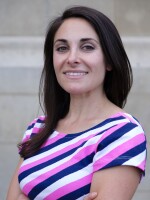Editor's Note: One photo in this story, of a child who died, may be distressing to some viewers.
Andrea Bruce was at the University of North Carolina in Chapel Hill, finishing up her last semester as a journalism major, when she took a photography class for fun.
It set the trajectory of her future.
"I was not going to do anything else with my life [after that]. I dedicated everything to that," says the documentary photographer.
That decision in 1995 brought her, eventually, to this moment: This month she won the Anja Niedringhaus Courage in Photojournalism Award. The prize, honoring women who shed light on crucial topics and in harsh environments, is given by the International Women's Media Foundation. It commemorates Anja Niedringhaus, a Pulitzer-prize winning Associated Press photographer killed by police in Afghanistan.
Bruce, who considered Niedringhaus a friend and had met her on assignments in Iraq and Afghanistan, was selected from among 136 nominees.
Bruce has won numerous other awards, including being named Photographer of the Year by the White House News Photographers Association four times.
Her first gig came after college at The Concord Monitor in New Hampshire. Later, she became a staff photographer at The Washington Post and was sent to Iraq after 9/11. Today she regularly photographs for The New York Times and National Geographic.
Her work explores social issues that tend to go unnoticed.
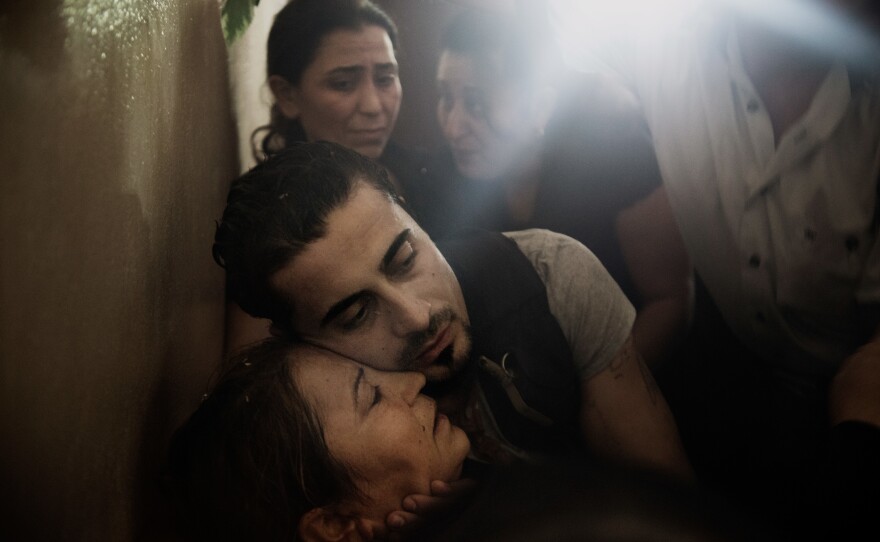
"Being able to be a photographer and either highlight an injustice or highlight an everyday moment in someone's life is what I live for," she says.
Elisa Lees Muñoz, executive director of the International Women's Media Foundation, told NPR that Bruce's "unflinching commitment to visual storytelling" is evident and that she "produces work that goes to your head and your heart."
"Jurors were taken by the quiet intensity of Andrea's work," she added. "They thought it was clear that she spent an incredible amount of time on each shot, and that she had an uncanny ability to blend in."
Now stateside, Bruce is embarking on a new project that documents how Americans define democracy across the country. The Indiana-born photographer spoke to NPR by phone while on the road. The interview has been edited for length and clarity.
What kind of courage does it take to operate in a conflict zone?
I forget about myself. You become part of the scene and are empathetic to the people who are experiencing trauma or conflict. I'm not sure that's courageous but that's how I handle it.
I have experienced many roadside bombs and suicide bombs and been under fire. Most of the time it's just unpredictable — you're in a war zone and things just happen. You have to know what is worth the risk and what's not.
You have said that you like to document things that have been overlooked in the aftermath of war. What goes unnoticed that you try to capture?
To get people to pay attention to the world outside of the United States, they have to be able to relate to people before they can actually care about what happens to them. My goal is to show normalcy — show that people go to school, people still commute to work on a Monday morning, and it's just much more complicated when you're in a war zone.
Tell me about some of your photos.
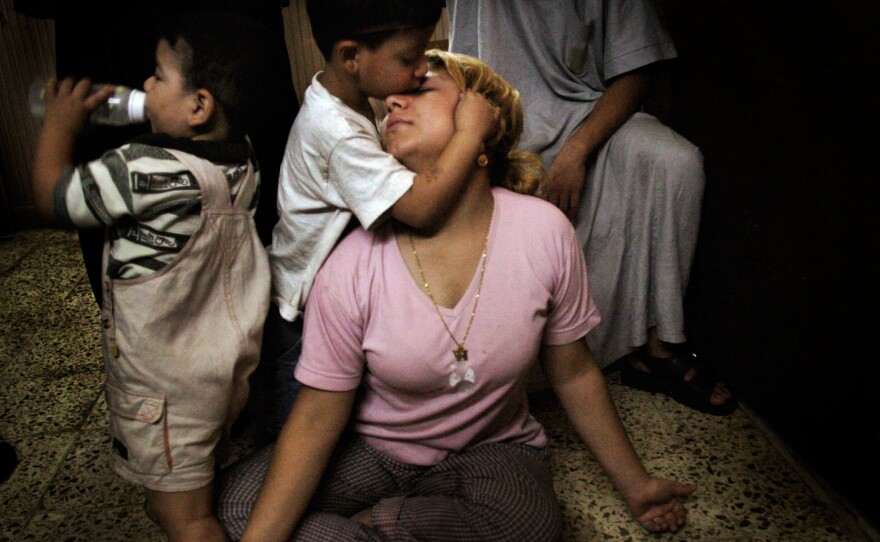
This is a photo that means a lot to me. This happened early in the Iraq war. Halla, her husband died in the violent days after the initial invasion in Iraq. She, like many women around the world who have lived through war, had to turn to prostitution to support herself and her kids. This picture, it's in some ways not a perfect photo. Which I don't care about. I like imperfections. Her hands are slightly cut off. But that moment, she has her arms open and she just gives all of herself to her kids. Once I remember she was in tears and said, 'If it wasn't for my sons, I would kill myself.'
One of your images shows the bridging of different faiths — Sufism and Salafism. Do you try to take hopeful photos to counterbalance the sadder ones?
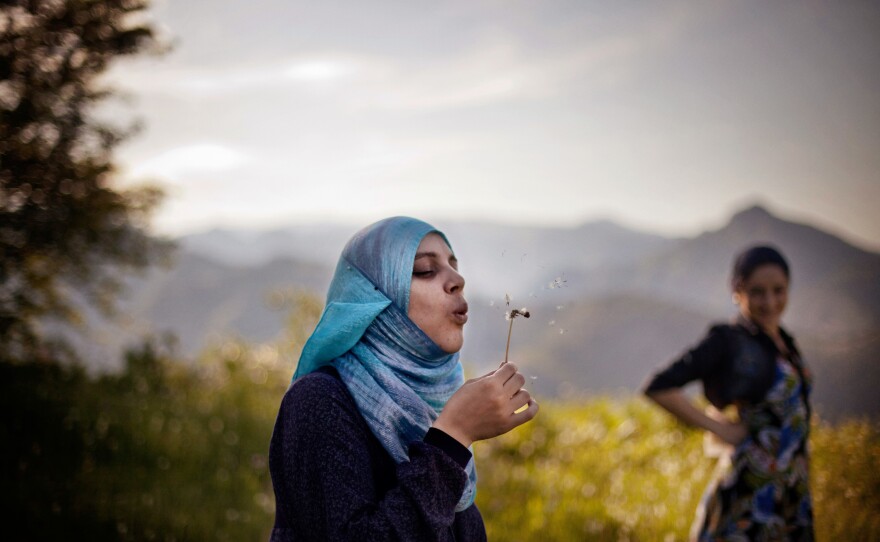
This [photo] is trying to get people to relate to each other. The story was about how many [people] living in the Caucasus like Dagestan were turning to extremism and why. The reason behind her to turn to extremism was more about a general protest toward the Russian government than it was about the religious aspects. Just breaking down our stereotypes of what an extremist looks like is important to me — not to glorify anyone but to show the common humanity.
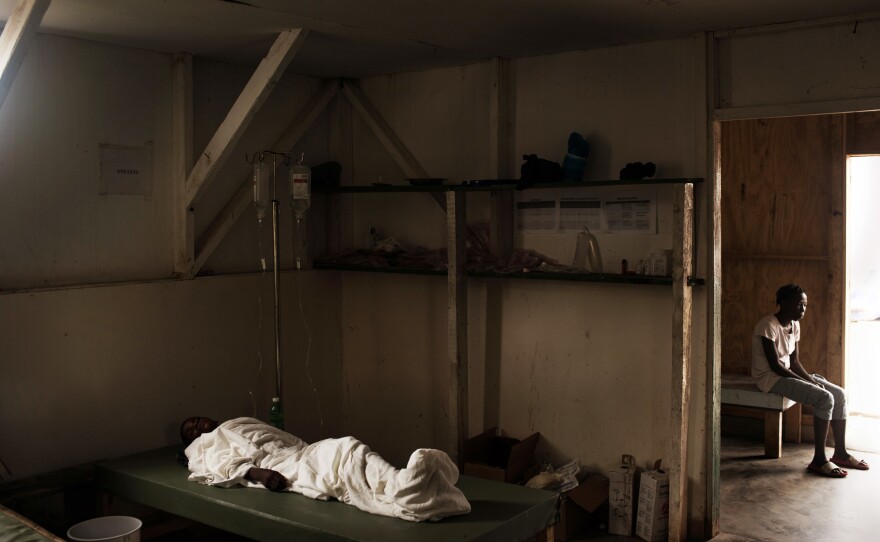
This was after [Haiti's] hurricane [Matthew in 2016]. You have poor sanitary conditions mixed with natural disaster and then you add this drop of cholera. It just caused mass death. When the [parents] realized this little boy had cholera, his mom and dad hiked through the mountains for six hours with him on their back to get him to this clinic. He survived, which is wonderful, but the exhaustion of living through that kind of situation, especially after the [2010] earthquake several years before, you can just see the toll it takes on family members.
Is there a photo you always wanted to get and couldn't?
I worked on a story about human trafficking, especially of women in Romania. And I feel like access-wise that was probably the most difficult story I've ever done because it's dangerous in such a different way than war zones. It's dealing with gangs and the very dark, hidden part of society that deals with modern-day slavery. I think that would take a lot of time and I haven't been able to go beyond a certain level of that story.
Do you think there are enough female photographers covering conflict?
No. Definitely not. I don't feel like there are enough female photographers in this business at all. People often ask me, 'Is it harder to cover things as a woman?' I actually don't think it's harder to cover things as a woman in the field, it's harder to be a woman in the industry. When you're a freelancer, you depend on an editor to get an assignment across their desk and stop and think, 'Who is the photographer for this story?' I know it's not intentional but I think that people who come to mind are often people who fill a stereotype of what a conflict photographer looks like. I don't think they think of people who look like me as being someone who would be successful at covering a conflict and I feel like there's no reason for that. It's important for more women to get into this profession.
Talk about the impact of your photos.
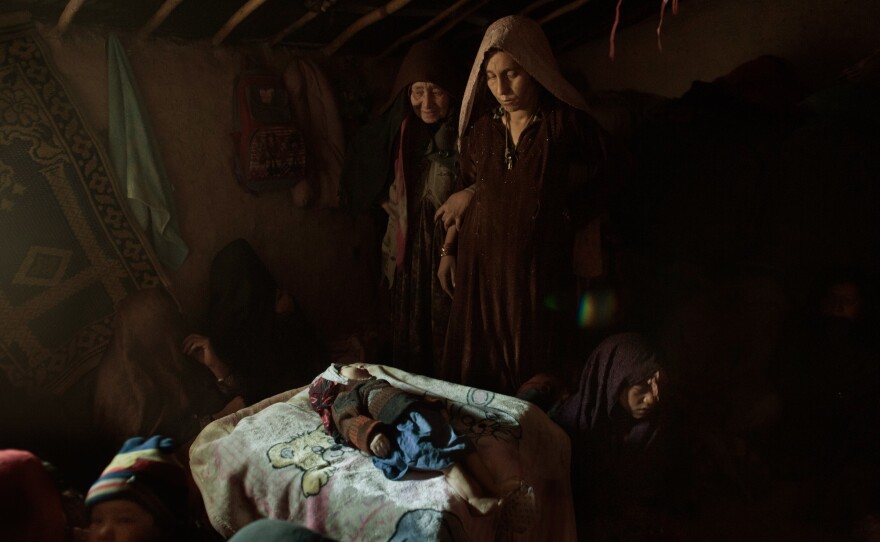
One situation where I felt like people did pay attention was in the photo from Afghanistan of a little boy who died, who froze to death and his mother and his grandmother are standing above him in this dark room. I spent many months in this camp for displaced people of Afghanistan.
The Afghan government didn't support them because they're an eye sore and extra responsibility. There are tens of thousands of displaced people living in mud huts, basically. And I spent many months there and the weather became cold and children started to die and the Afghan government was saying 'No they're lying.'
Because I had a relationship with them, the people in the camps called me and the translator I worked with and said 'Another child died, come and take pictures.' This photo ran on the front page of The New York Times the next day. And this was right around Christmas time. And the next day after it ran, the response was incredible. The Afghan government, the U.S. military, individuals, aid organizations all came and decided to give aid to the camps.
Tell me a bit about your new project.
I have covered war and conflict and revolution and so many other countries around the world. I've seen the U.S. push democracy around the world; I'm curious what people think this word means. It's often defined differently person to person. The project is mostly community outreach and photography — but I also hope to include mapping and writing and audio.
Sasha Ingber is a multimedia journalist who has covered science, culture and foreign affairs for such publications as National Geographic, The Washington Post Magazine and Smithsonian. Contact her @SashaIngber
Copyright 2023 NPR. To see more, visit https://www.npr.org. 9(MDAzMjM2NDYzMDEyMzc1Njk5NjAxNzY3OQ001))



